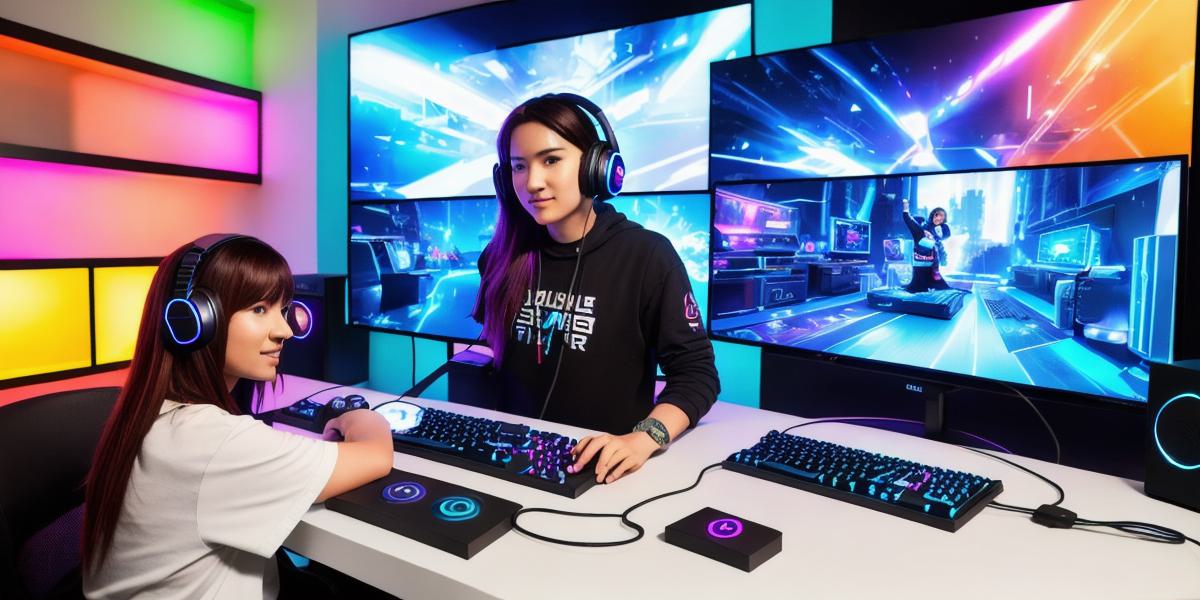Title: Revolutionize Your Gaming Experience with Unity’s Augmented Reality: A Guide for Simulated Reality Developers
Introduction:
Augmented reality (AR) has revolutionized the way we interact with digital content, and it’s no surprise that it’s also being used in gaming. With Unity, simulated reality developers can create immersive AR games that blur the line between virtual and real-world environments. In this guide, we will explore how Unity’s augmented reality capabilities can be used to enhance your gaming experience and help you stand out in the competitive world of simulated reality development.
Chapter 1: Understanding Augmented Reality in Gaming
Before diving into Unity’s AR features, it’s important to understand what AR is and how it can be used in gaming. AR is a technology that overlays digital content onto the real world, creating an interactive experience for the user. In gaming, this means that players can interact with virtual objects and characters within their physical environment.
Chapter 2: Unity’s Augmented Reality Capabilities
Unity is one of the most popular game engines on the market, and it also has robust AR capabilities. With Unity, developers can create AR games that are compatible with a wide range of devices, including smartphones, tablets, and wearables. Unity’s AR features include:
- Object tracking: This allows developers to track virtual objects in the real world, creating a seamless interaction between the two.
- Plane detection: This feature allows developers to detect flat surfaces, such as tables and floors, which can be used to anchor virtual content.
- Image recognition: This feature allows developers to recognize images in the real world, which can be used to trigger specific actions within the game.
Chapter 3: AR Games in Action
Now that we’ve covered Unity’s AR capabilities let’s take a look at some real-life examples of how AR is being used in gaming. One great example is the popular game, Pokemon Go. This game uses AR to allow players to capture virtual creatures within their physical environment. Another example is the game, Ingress, which uses AR to create an interactive scavenger hunt game that encourages players to explore their physical world.
Chapter 4: Best Practices for Developing AR Games with Unity
When developing AR games with Unity, it’s important to keep in mind best practices to ensure a smooth and engaging experience for the player. These best practices include:
- Keeping content simple and easy to understand
- Using object tracking and plane detection to create a seamless interaction between virtual and real-world elements
- Ensuring that the game is optimized for mobile devices
- Testing the game in different environments to ensure compatibility and performance
Summary:
Unity’s augmented reality capabilities offer simulated reality developers an exciting new way to create immersive games that blur the line between virtual and real-world environments. With its robust AR features, Unity makes it easy for developers to create engaging games that stand out in the competitive world of simulated reality development. By following best practices and taking inspiration from real-life examples, you can revolutionize your gaming experience with Unity’s augmented reality capabilities.
